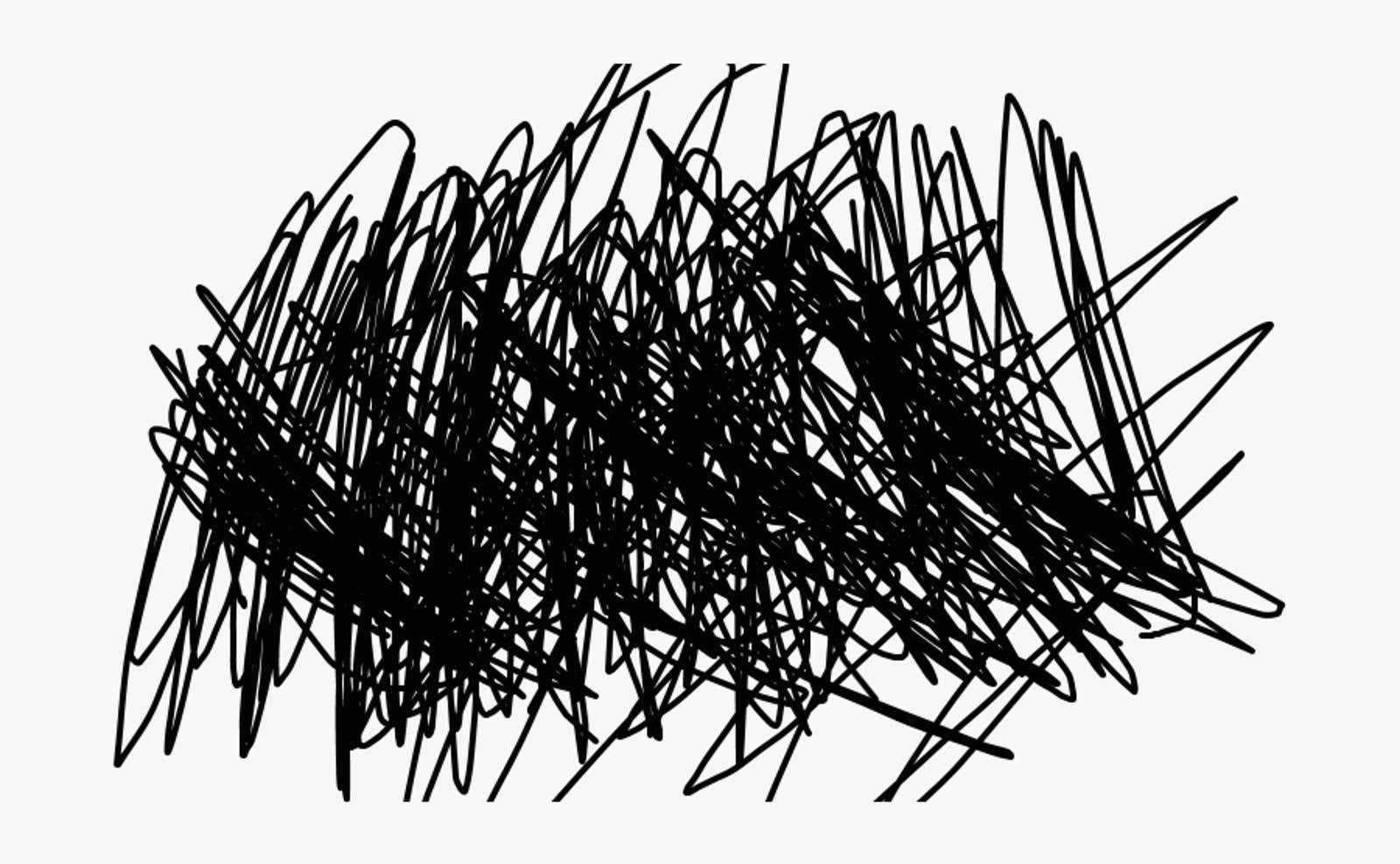Why Is It so Difficult to Predict the Shape of Economic Recovery

While the post-pandemic recovery of the US economy will be long and difficult, there is already a lot of speculation about what the economic recovery will look like.
And it looks like someone is reading from a bowl of soup with the alphabet. Talking about the shape of the recovery in the shapes named after the letters is a way for economic observers to predict economic growth without tying everything to real numbers.
When you hear people refer to these forms of recovery, they talk about how things look on a graph. It can be a graph for almost any indicator of the state of the economy – the most common of these are a country’s gross domestic product (GDP) and employment rate.
Let’s study this alphabet, shall we?
V-shaped
You have a period of sharp downturn, followed by a period of sharp recovery: a big event happens that shakes things up, but then the economy shifts to a “new normal”. This is sometimes referred to as the “square root” or “Nike Swoosh” of recovery curves, although some people argue that the swoosh is not as good as the V because it takes longer to recover.
This is the one that everyone is talking about (and hoping for) right now.
U-shaped
It looks like a V shape, but it takes longer to start recovery. You have a sudden recession, a period of stagnation, and then a period of strong recovery.
W-shaped
There is a recession and then signs point to recovery, but then, unfortunately, there is another recession, and then things really start to recover. It looks like a false start to economic recovery.
As Investopedia notes , this happened in the early 80s: in 1980 there was a recession, then there was almost a full year of recovery, before in 1981 there was a second recession.
Since we usually don’t know that we are entering a recession until we are in one, this form of recovery helps us understand why it is important to look at your personal investments – such as retirement savings – in the long term, rather than react to ongoing activities. It may take a while for the downturn to resolve, and you do not know if a “double” recession will occur before a longer-term recovery.
Z-shaped
There is a recession, but then the recovery is even better than the economic indicators indicated before the recession. This is a really optimistic option.
L-shaped
This is really bad: economic indicators are plummeting and recovery is taking a long time and at a slow pace. You will see high unemployment rates that persist, or shop windows that remain empty for years after they close.
And if the horizontal L part lingers long enough, you are most likely depressed. You may be surprised to learn that the Great Recession was actually an L-shaped recovery – the slowest economic recovery since World War II. But depending on which chart you are looking at, it may not look like this. It took years for employment to recover, although GDP recovered quickly. If you look at the diagram for the latter, you do not see the L-shape.
What letter shape are we in now?
Back in mid-May, there was much speculation that the US would see a V-shaped recovery from the pandemic. Businesses would reopen, travel would resume, and we would bounce back like basketball. But as the lock tightened, the melody began to change – perhaps more like a tick than the letter V.
An HSBC spokesperson told CNBC that the global economy is likely to see a U-shaped recovery with an “uneven bottom”, which is honestly more like a W, but that’s okay. This jagged bottom could have been due to the economy reopening in fits and starts and may need to adjust reopening procedures should infection rates rise.
The Brookings Institution says economic recovery will depend on how quickly the damage can be repaired, in four main categories:
- A household’s ability and willingness to spend. Are you willing to spend money even if the economy is “open”? What if you lost your job?
- State and local government finances. If states do not introduce their usual income and sales tax figures, they will have to balance their budgets elsewhere.
- Business bankruptcy and investment decline. Many businesses will close during or after a pandemic and will never reopen. Businesses that are persistent can delay investing in their growth.
- Loss of human capital. Rehiring can slow down the recovery process. In addition, some people who have lost their jobs may never return to work.
While speculating about the shape of the economic recovery can be an interesting subject for discussion, we will not know the true result until we are in the midst of said recovery. And our recovery from this particular period of crisis may be different from anything we’ve seen in a long time.